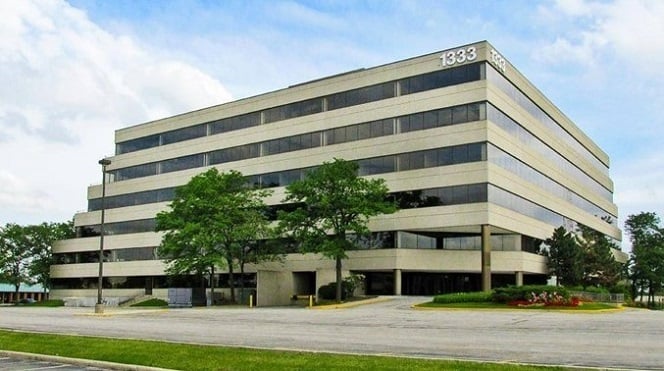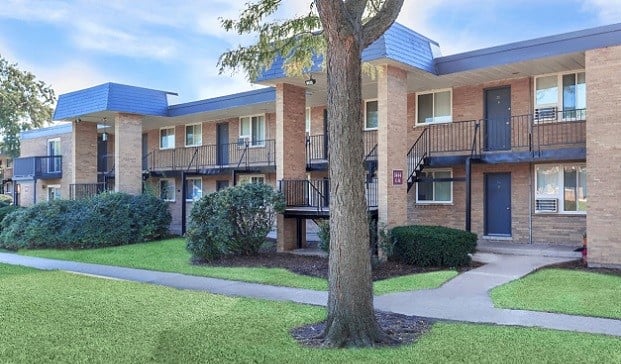GlobeSt.com caught up with Chris Normandeau, director of FS Energy, the energy management and advisory subsidiary of FirstService Residential, to get his take on what's really at stake in the energy efficiency movement in part one of this exclusive interview. Stay tuned for part two, in which he will discuss simple strategies association boards and property managers can start with.
GlobeSt.com: Why should association boards and property managers be prioritizing energy efficiency in their communities?
Recommended For You
Want to continue reading?
Become a Free ALM Digital Reader.
Once you are an ALM Digital Member, you’ll receive:
- Breaking commercial real estate news and analysis, on-site and via our newsletters and custom alerts
- Educational webcasts, white papers, and ebooks from industry thought leaders
- Critical coverage of the property casualty insurance and financial advisory markets on our other ALM sites, PropertyCasualty360 and ThinkAdvisor
Already have an account? Sign In Now
*May exclude premium content© 2025 ALM Global, LLC, All Rights Reserved. Request academic re-use from www.copyright.com. All other uses, submit a request to [email protected]. For more information visit Asset & Logo Licensing.









